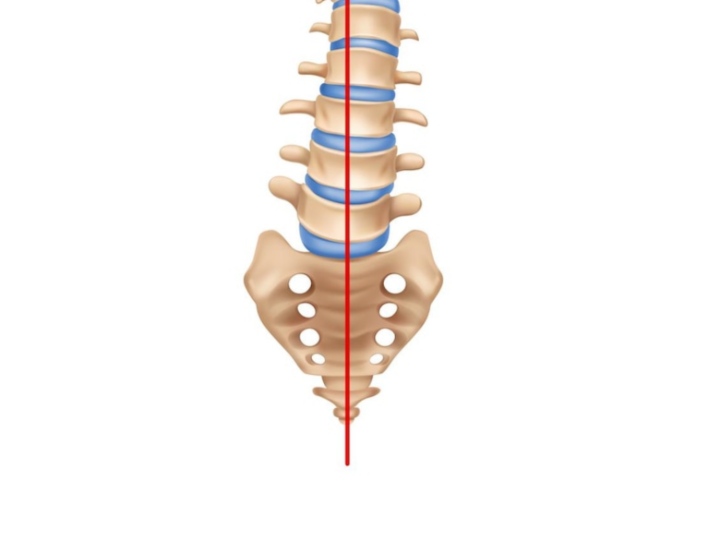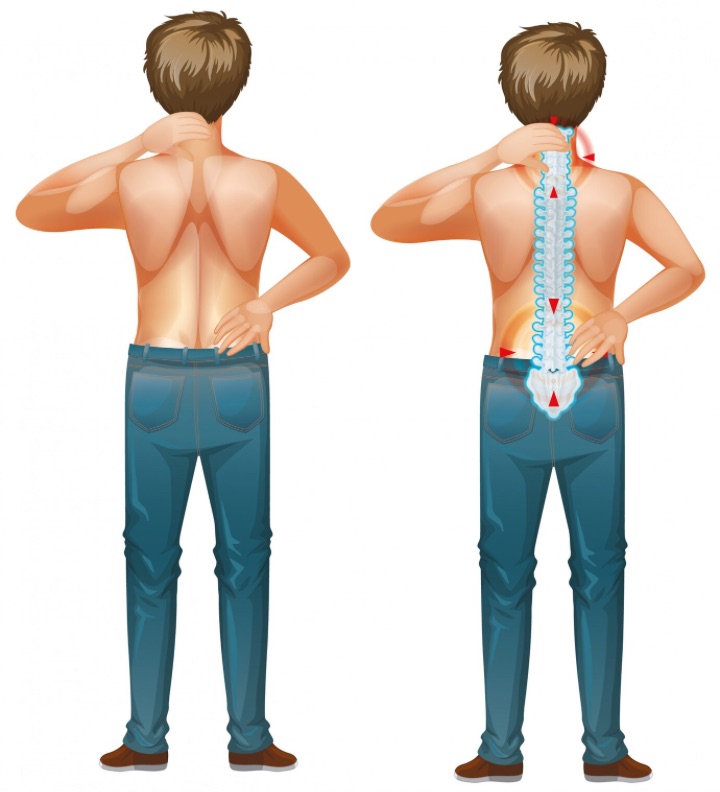Spondylolisthesis is a spinal condition characterized by the misalignment of vertebrae, which can exert pressure on surrounding nerves, leading to significant pain and mobility issues.
While this condition can be quite debilitating if not addressed, a range of effective treatments exists to manage its symptoms and prevent its progression.
Learn the causes, symptoms, diagnostic procedures, and treatment options for spondylolisthesis, providing a comprehensive guide for those affected by this spinal condition.
Spondylolisthesis is a condition where one of the vertebrae slips out of place, literally causing bones to ‘slip and slide’.
It typically affects your lower back, where the spine is made up of multiple vertebrae. Each bone in the spine can move independently from its adjacent vertebrae when it occurs.
Symptoms may include pain that radiates into the legs or buttocks, as well as numbness and weakness in the legs.
Diagnosis may involve physical examination and imaging tests such as X-rays or MRI scans.
Treatment vary depending on severity but can include nonsurgical methods like rest or medication to reduce inflammation, physical therapy to strengthen core muscles, or even surgery if needed.
With proper treatment, many people with this condition find relief from their symptoms and improved quality of life.
To diagnose spondylolisthesis, a doctor may use imaging methods. Treatment vary based on the type and severity of the condition, and can include physiotherapy, medications, bracing, or surgery.

Photo Credit: macrovector, Freepik
Spondylolisthesis occurs due to several reasons:
If you experience back pain, it’s important to consult a doctor for an assessment.
Symptoms may include:
In severe cases, bladder and bowel dysfunction can occur due to nerve root compression. It’s crucial to seek medical attention if these symptoms develop, as early diagnosis and treatment can effectively manage the condition.
If you’re experiencing low back pain, muscle tightness, or numbness in your legs, it’s important to get checked out by a doctor to determine if you have spondylolisthesis.
Diagnosis usually involves a detailed medical history and physical examination of the lumbar spine.
X-ray or MRI can also diagnose the condition. Other tests such as blood work and nerve studies may be ordered to rule out other causes of the symptoms.

Photo Credit: brgfx, Freepik
To confirm the diagnosis, your doctor may order an X-ray of the back to see if one vertebra has slipped forward on another and whether any damage has occurred to surrounding structures like spinal nerves or discs.
Your doctor can also use picturing techniques like CT scans and MRIs to evaluate spinal alignment and disc space better narrowing that can occur with spondylolisthesis.
In some cases, NSAIDS may be prescribed for pain relief.
It is important that if you experience any symptoms related to spondylolisthesis that you seek treatment from a qualified healthcare provider who can accurately diagnose and treat your condition with the best possible outcomes.
Once you’ve received a diagnosis of spondylolisthesis, it’s time to consider conservative treatments. Many patients find relief from lumbar pain and discomfort through conservative treatments such as physical therapy, lifestyle changes, anti-inflammatory medications, bracing, and stretching exercises.
Physiotherapy and stretches help strengthen the muscles in the low back area, alleviating pressure on the facet joints. An anti-inflammatory medication like ibuprofen can be used to reduce inflammation and swelling around the affected area.
If your doctor has recommended bracing or taping techniques for additional support, try wearing them as often as possible to help control your symptoms.
In some cases, conservative treatment methods may largely improve a patient’s condition and reduce their need for more invasive procedures.
For those who haven’t seen the desired results from conservative treatments, surgical treatment for spondylolisthesis may be an option to explore. Surgical treatment typically involves a procedure known as spinal fusion.
This is where two or more vertebrae are joined together using bone grafts and metal rods. This helps to keep the affected lumbar vertebra from slipping forward, and in some cases, it can also help reduce pain.
During this procedure, medical instruments are used to remove any bone spurs or other debris that could be causing pressure on the nerves in the area. After the surgery is complete, patients will likely need to wear a back brace during recovery and refrain from strenuous activities for several months until they have fully healed.
While there are risks associated with this type of surgery, it can be very effective in treating severe cases of spondylolisthesis when all other options have been exhausted.
Taking proactive steps to prevent and manage spondylolisthesis can help you lead a healthier, more comfortable life.

Photo Credit: storyset, Freepik
Degenerative spondylolisthesis is most common in adults over 50 and is usually caused by wear and tear on the spine; slippage of vertebrae also occurs due to traumatic injuries or strenuous activity.
To help lessen the risk of developing this condition, it’s important to practice proper posture when sitting or standing and regular exercise that strengthens core muscles.
Additionally, if you already have it, conservative therapy such as physiotherapy and pain medication will likely be recommended before considering surgical treatments.
In cases of traumatic spondylolisthesis, nonsurgical treatment may be prescribed first, such as rest, bracing, physiotherapy, medications for pain relief, and injections into the affected area.
By following your doctor’s advice and actively managing symptoms through lifestyle changes like exercise and proper posture, you can reduce your chances of needing surgery and live a more comfortable life with spondylolisthesis.
Spondylolisthesis is typically graded on a scale from I to V. Grade I involves a slip of up to 25%, Grade II up to 50%, Grade III up to 75%, Grade IV up to 100%, and Grade V, also known as spondylosis, involves the complete displacement of a vertebra.
The treatment options available ranges from conservative approaches like physical therapy, pain management, and lifestyle modifications to surgical interventions in severe cases. Surgery may involve spinal fusion or decompression procedures.
It is most commonly caused by age-related wear and tear or stress fractures in the vertebrae. Other causes can include degenerative diseases like arthritis or congenital abnormalities in the spine.
Many people with spondylolisthesis can recover and manage their symptoms effectively with the right treatment plan. This may include physical therapy, medications, or in some cases, surgery. It’s important to consult with a healthcare provider for a personalized treatment approach.